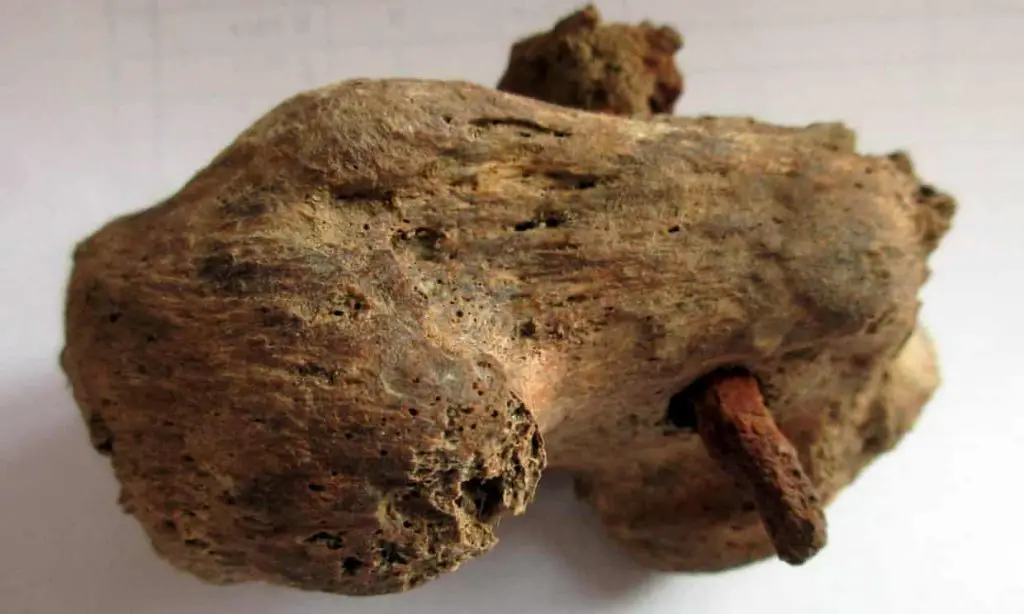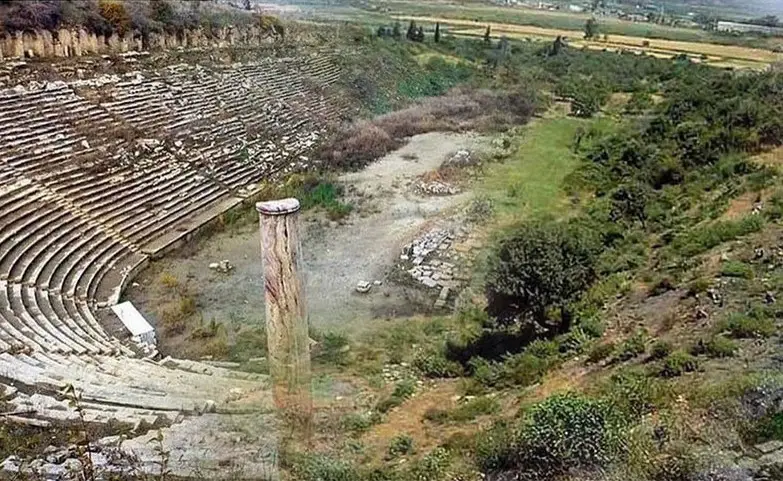Like all oceans and seas, the Baltic is breathtakingly beautiful and filled with mystery. Its waves crash against shores in nine countries, including Sweden, Russia, Finland, Latvia and Estonia, to name but a few.
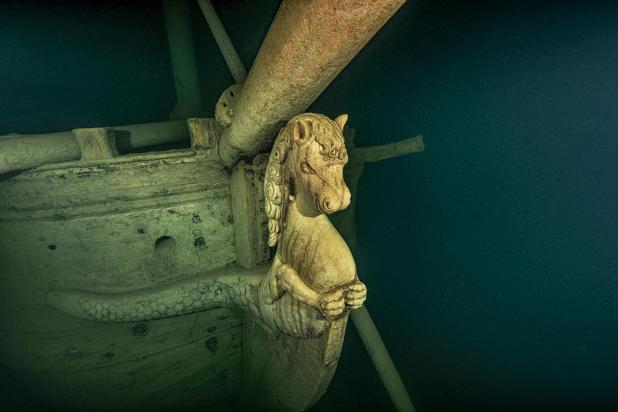
Contents
Unlike other deep bodies of water, however, the Baltic lays claim to an unusual title: “the world’s largest underwater museum,” as it is described by many divers and marine archaeologists. “A ships’ graveyard,” as it is described by others.
100,000
Its seabed is home to 100,000 shipwrecks, marine experts estimate, most preserved to a degree that is almost eerie. Many vessels laying on the sea’s floor look strikingly similar to how they looked the day they set sail.
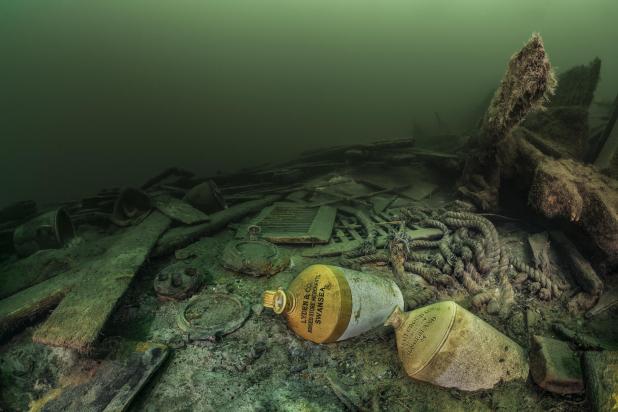
The inventory of sunken ships includes ferries, warships and submarines from both world wars, trade vessels and even ships from the Viking period. The Baltic has been used as a trade route and as a route for ships on their way to battle.
Perfect Preservation
Many went down due to bad weather or enemy strikes, or poor construction of wooden hulls. The reason each ship sank differs, but where they sank ensured them a shared fate: almost perfect preservation that makes them a lure to divers and marine archaeologists alike.
The primary reason the Baltic offers ideal conditions for shipwreck preservation is its low salinity level; it is so low, in fact (below one percent) that it is closer to fresh water in its molecular structure.
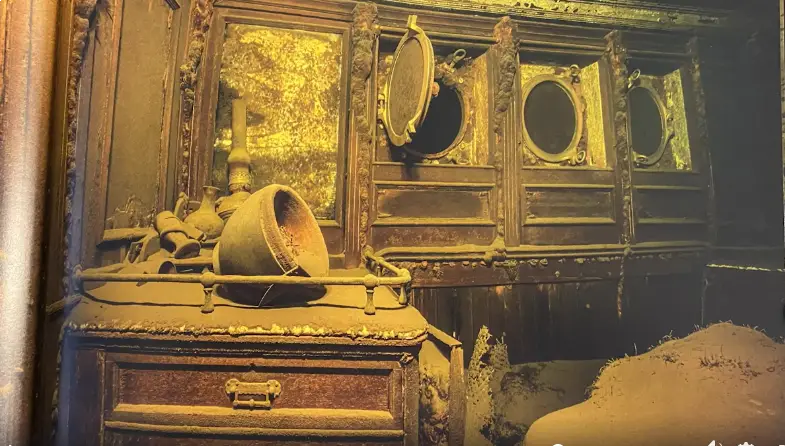
Combined with the cold temperatures at deep levels, and the two factors create optimum conditions for preserving everything from wooden boats of the 17th century to metal subs used during the Second World War.
Furthermore, the sea’s makeup doesn’t allow a lot of marine life to flourish, therefore there are few plants, bacteria and sea animals in the Baltic that often destroy wrecks in other waters.
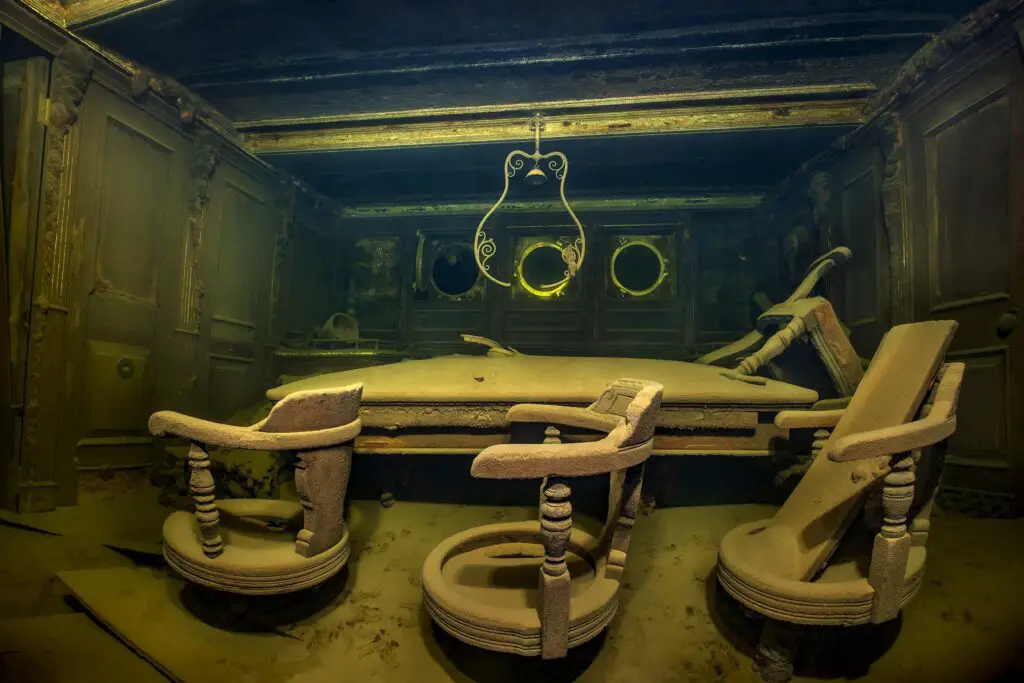
Obsessed
Now, thanks to two authors obsessed with the shipwrecks who have been diving to the depths of the Baltic for many years, a gorgeous hardcover book examines many of these vessels, with amazing photos taken underwater providing the sense that the reader is right along with them on a dive.
“Ghost Ships Of The Baltic” is by writer Carl Douglas and photographer Jonas Dahm with support and in collaboration with the Voice of the Ocean (VOTO) It was released in the spring, and gives readers a glimpse into many of the wrecks at the bottom of the Baltic, some photos taken at depths of 360 feet.

ⒸJonas Dahm co-author, diver and historian. 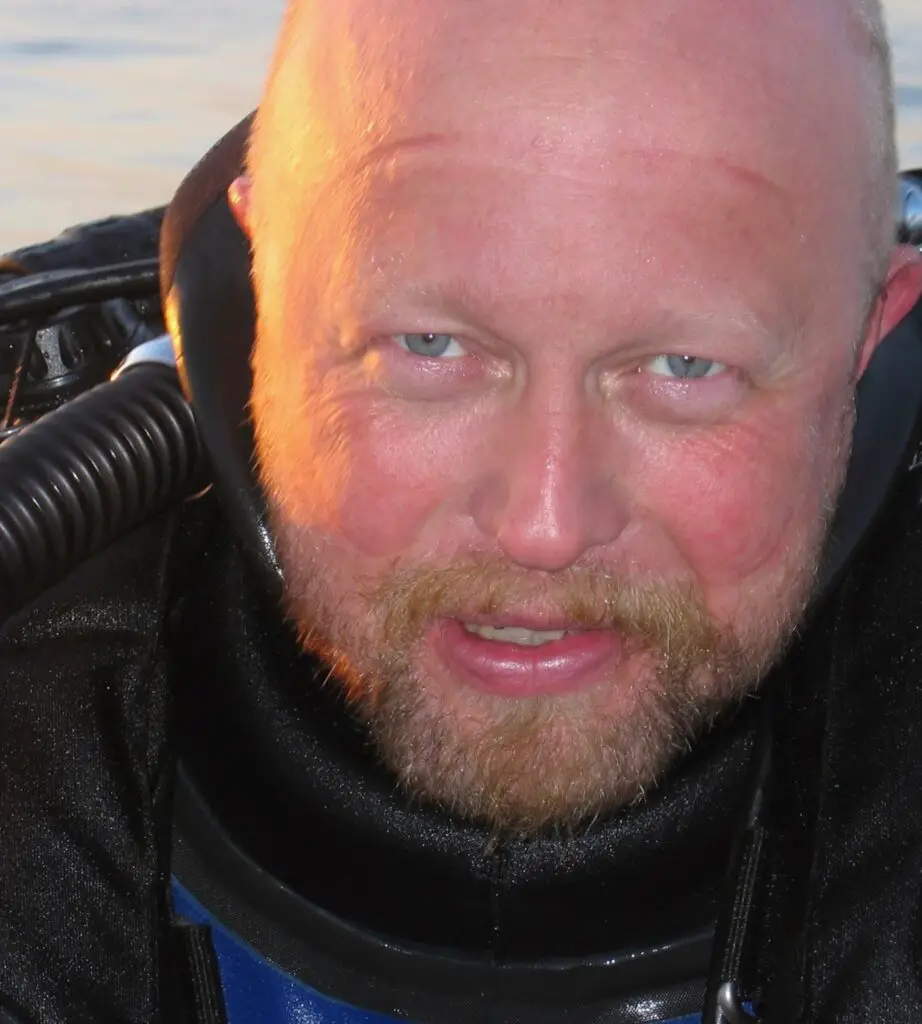
©Carl Douglas is a historian, diver and photographer.
Most Extravagant
The co-authors have spent two decades diving to, and taking pictures of, the Baltic’s wrecks. They spent 14 years alone getting the book prepped for publication, and one critic has described it as “the most extravagant and uncompromising wreck photo book ever produced.” High praise indeed.
The images that most significantly resonate with me are exterior shots showing larger parts of the wreck, often employing techniques that display the wrecks in a way that can’t be captured with the naked eye
~ Jesper fell Chief of Quest, the GUE Member Journal
The authors include material on approximately 400 wrecks, sometimes explaining how they went down, and sometimes allowing photos only to tell a vessel’s story. While the text is important and compelling, critics agree that “the real stars are the images.”
Two areas of the Baltic are highlighted as unique draws for divers – Truk Lagoon and Scada Flow. Both locations contain wrecks that are catnip to divers because of the number of wrecks they contain, and the almost pristine shape those wrecks are in. Both places have wrecks that are included in the book.
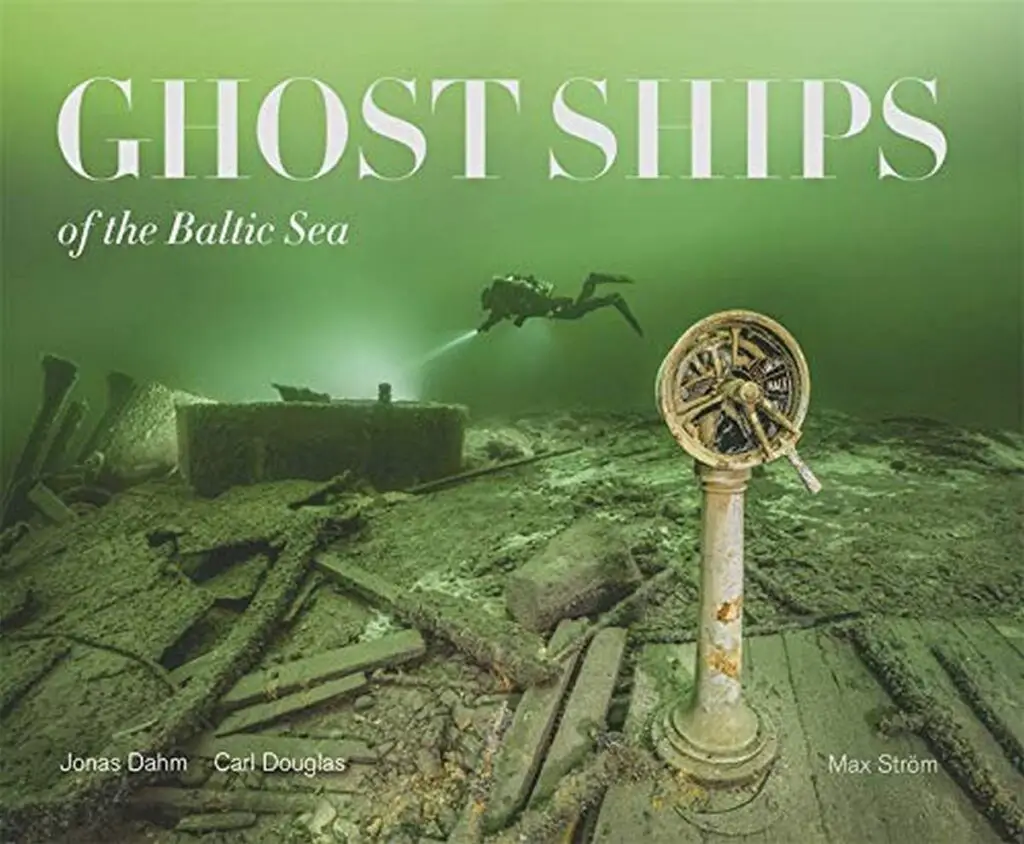
Another Article From Us: Two Soviet Era Radioactive Wrecks to be Recovered
If you like this article, then please follow us on Facebook and Instagram
“Ghost Ships Of the Baltic” you can buy copy here Ghost Ships and also available on Amazon. For those with an abiding curiosity about the many shipwrecks in this sea but who can’t make the journey, the book offers a great alternative.
It offers stirring, almost magical images of the vessels that sank to the bottom of the Baltic, and whose remnants lure divers, both professionals and amateurs alike, to explore the remains of these mysterious ships.



